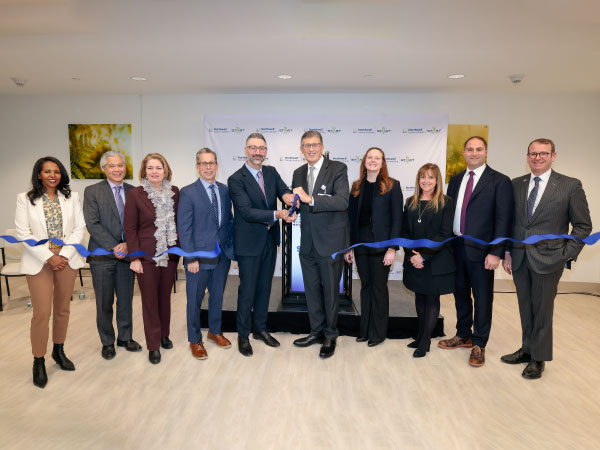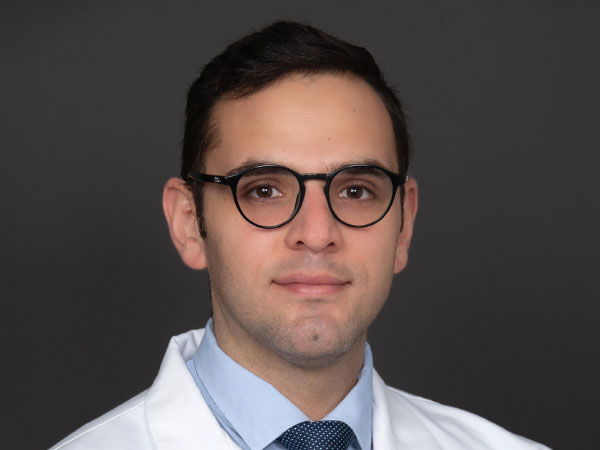In 1996, Carolyn Bertozzi and her lab at UC Berkeley were working to develop a way to image cell-surface glycans: sugar-based macromolecules that coat the surface of cells.
To access this subscriber-only content please log in or subscribe.
If your institution has a site license, log in with IP-login or register for a sponsored account.*
*Not all site licenses are enrolled in sponsored accounts.
Login Subscribe
If your institution has a site license, log in with IP-login or register for a sponsored account.*
*Not all site licenses are enrolled in sponsored accounts.
Login Subscribe











